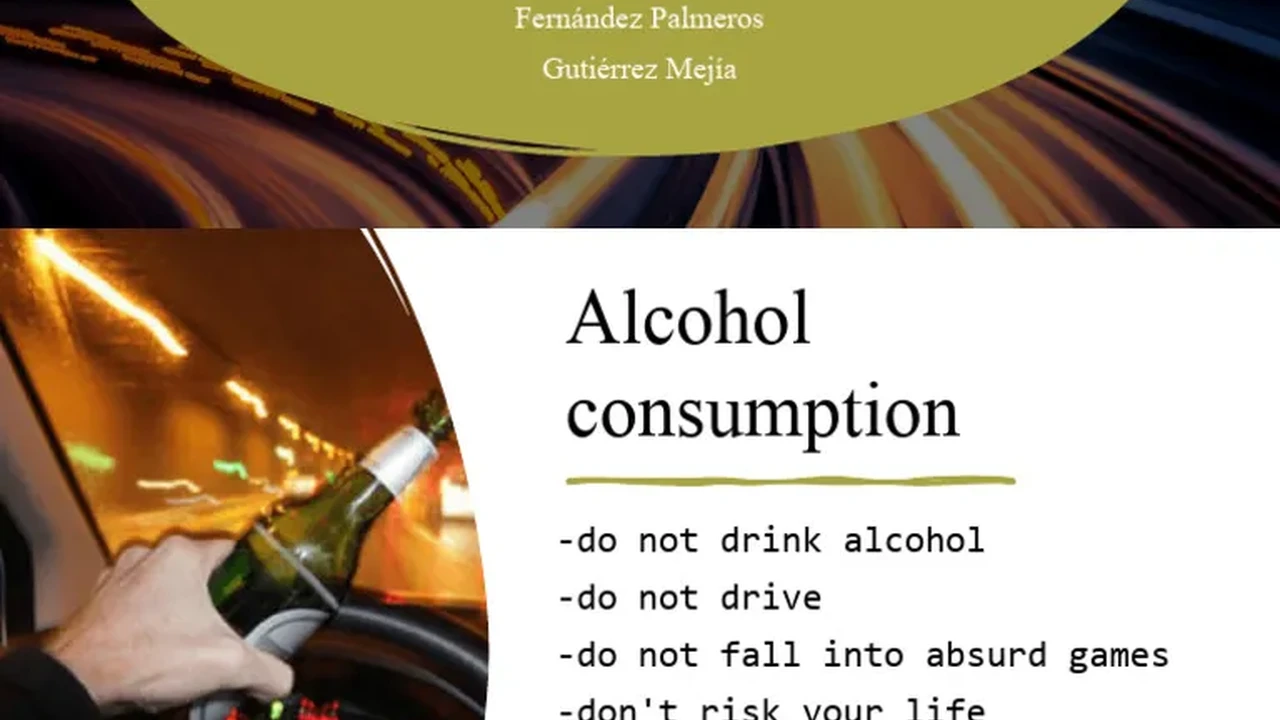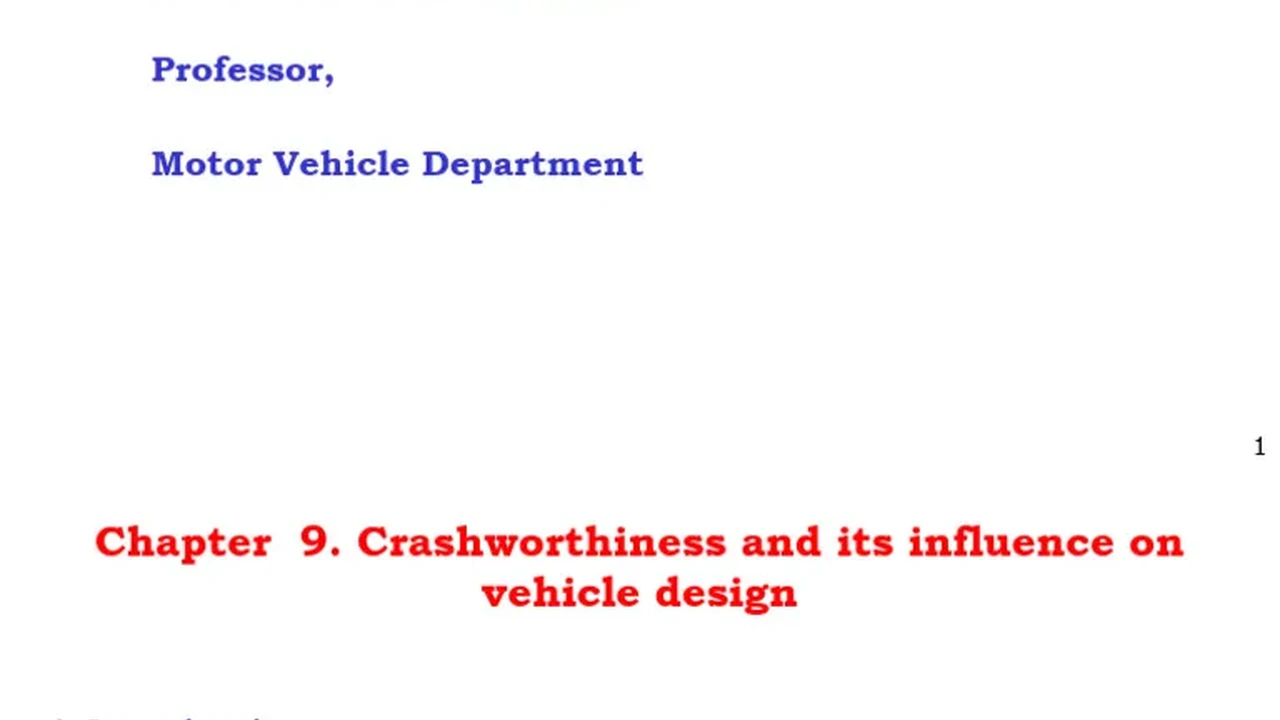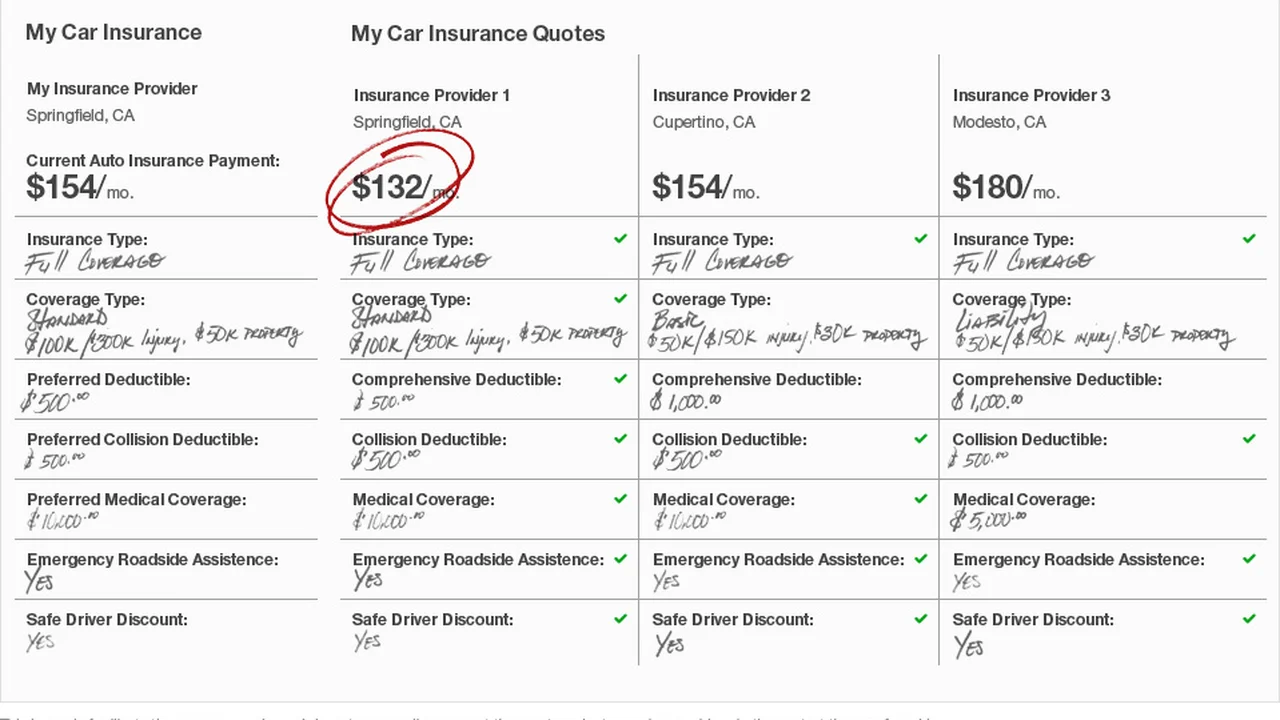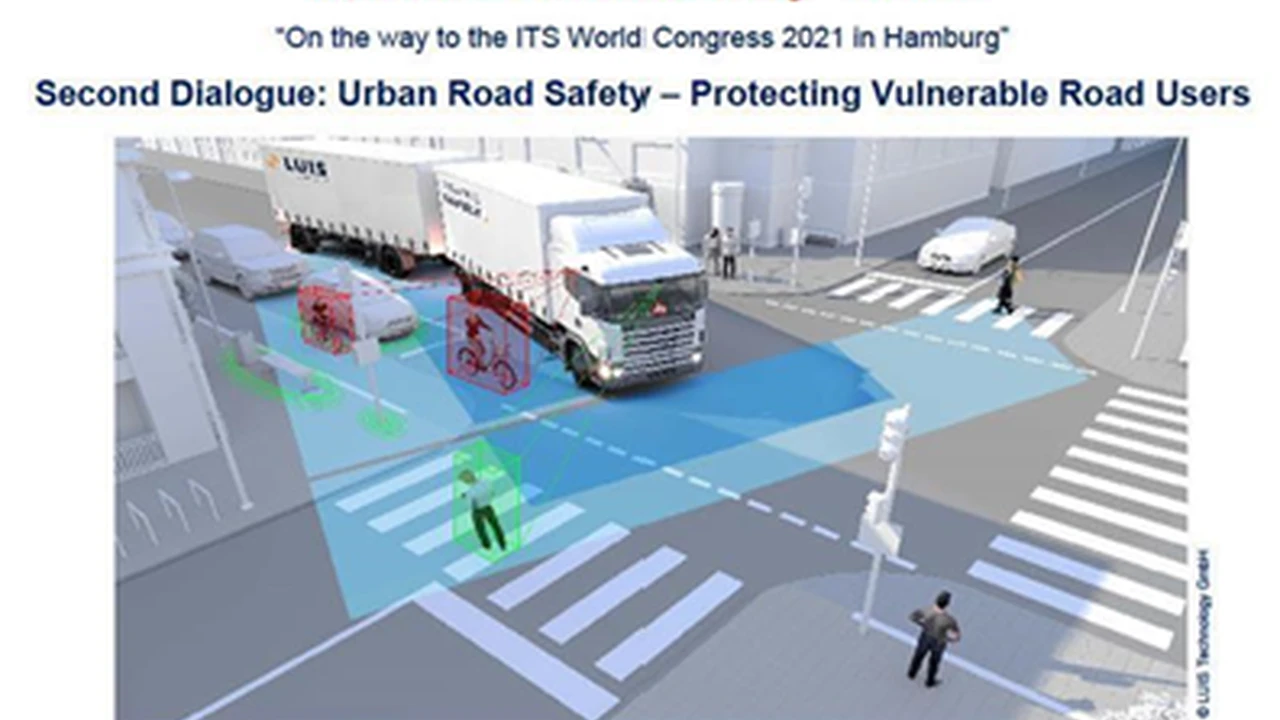Avoiding Animal Collisions: Tips for Rural Driving
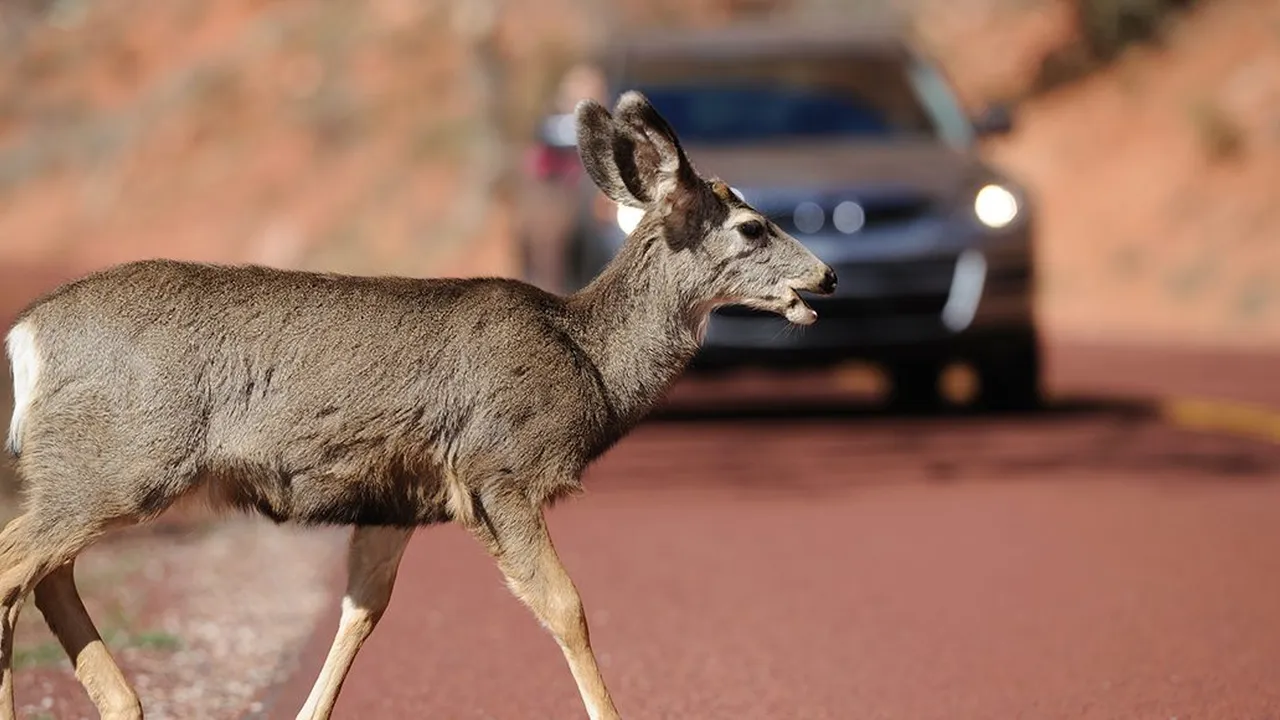
Understanding the Risks Animal Collision Statistics and Rural Driving Hazards
Alright, let's talk about something that might not be on your mind every time you hit the open road, but definitely should be: animal collisions. I'm not just talking about Bambi darting across the road (although, yeah, that happens too). We're talking deer, moose, elk, bears, coyotes, livestock – basically, anything with four legs (or sometimes none!) that calls the countryside home. And trust me, hitting one of these guys can ruin your day, your car, and potentially, even your life.
So, why is rural driving so risky when it comes to animal encounters? Well, think about it. Out there, you're in their territory. There are fewer streetlights, so visibility is reduced, especially at dawn and dusk – peak activity times for many animals. Plus, animals are often attracted to roadsides for food (salt licks, vegetation), making them more likely to be near the pavement. And let's be honest, sometimes those rural roads are just plain winding and unpredictable, giving you less time to react.
Let's look at some stats. According to the National Highway Traffic Safety Administration (NHTSA), there are hundreds of thousands of animal-vehicle collisions every year in the US. These collisions cause billions of dollars in damages annually, not to mention the injuries and fatalities. And guess what? A significant portion of these incidents happen in rural areas.
Think about the time of year too. Deer, for example, are most active during mating season (typically October-December) and migration periods (spring and fall). Knowing these peak times can help you be extra vigilant. So, before you head out on that scenic drive, do a little research about the local wildlife and their habits. It could save you a whole lot of trouble.
Defensive Driving Techniques for Animal Encounters Scanning the Road and Adjusting Speed
Okay, knowledge is power, right? Now that you know the risks, let's talk about how to avoid becoming a statistic. The key here is defensive driving – being proactive and anticipating potential hazards. First and foremost: scan the road. I'm not talking about just staring straight ahead. I mean actively looking from shoulder to shoulder, checking the ditches, fields, and wooded areas along the road. Animals often emerge from cover unexpectedly, so you need to be prepared.
Next up: adjust your speed. This is especially important at dawn, dusk, and nighttime. Speed limits are designed for ideal conditions, not when visibility is limited or when wildlife is likely to be active. Slowing down gives you more time to react if an animal does appear in the road. Think of it this way: the faster you're going, the less time you have to brake, steer, and avoid a collision. Simple physics, people!
Pay attention to roadside warning signs. Those deer crossing signs aren't just there for decoration. They're placed in areas where animal activity is known to be high. Heed the warning and be extra cautious when you see one.
And one more thing: use your high beams (when appropriate, of course). High beams significantly increase your visibility, allowing you to spot animals further down the road. Just remember to dim them when approaching oncoming traffic. You don't want to blind other drivers and create another hazard.
Vehicle Safety Equipment for Animal Collision Prevention Deer Whistles and Bumper Guards
Alright, let's talk tech. There are a few gadgets out there that claim to help prevent animal collisions. Let's break them down and see what's worth the investment. First up: Deer whistles. These little devices attach to your bumper and are supposed to emit a high-frequency sound that scares away deer. Do they work? Well, the jury's still out. Some people swear by them, while others say they're a waste of money. There's not a lot of scientific evidence to support their effectiveness, and the sound they produce might not even be audible to all deer. Personally, I'd put my money elsewhere.
Now, let's talk about bumper guards, also known as bull bars or grille guards. These are metal frames that attach to the front of your vehicle and are designed to protect it from damage in a collision. Do they help? Absolutely, to a certain extent. A good bumper guard can definitely minimize damage to your vehicle in a low-speed collision with a smaller animal. However, they can also add weight to your vehicle, potentially affecting fuel economy and handling. And in a high-speed collision with a large animal, they might not make a huge difference. Plus, some studies have suggested that they can actually increase the risk of injury to pedestrians in the event of an accident.
So, which bumper guard should you choose? It depends on your vehicle and your driving habits. If you frequently drive in areas with a high risk of animal collisions, a heavy-duty bumper guard might be a worthwhile investment. But if you're just looking for some extra peace of mind, a lighter-duty option might suffice. Here are a few popular models with approximate price ranges:
- Westin Wade Sure-Fit Bumper Guard: A good all-around option for trucks and SUVs. Offers decent protection without being too bulky. Price: $300-$500.
- Ranch Hand Legend Series Front Bumper: A heavy-duty option designed for serious off-roading and maximum protection. Price: $800-$1200.
- Aries Automotive AdvantEDGE Bumper: A stylish and lightweight option for those who want some protection without sacrificing aesthetics. Price: $200-$400.
Remember to check compatibility with your vehicle before purchasing any bumper guard. Installation can be tricky, so you might want to consider having it professionally installed.
Emergency Procedures After an Animal Collision Reporting Accidents and Insurance Claims
Okay, let's say the worst happens. Despite your best efforts, you hit an animal. What do you do now? First and foremost: stay calm. Pull over to the side of the road (if it's safe to do so) and assess the situation. Check yourself and your passengers for injuries. If anyone is hurt, call 911 immediately.
Next, assess the damage to your vehicle. Is it drivable? If not, call for a tow truck. Even if the damage seems minor, it's a good idea to get it checked out by a mechanic. There could be hidden damage that could affect the safety of your vehicle.
Now, report the accident. In many states, you're required to report any accident involving an animal that causes significant damage or injury. Check your local laws to be sure. Even if you're not legally required to report it, it's still a good idea to do so. The police can document the incident and provide you with a report for your insurance company.
Speaking of insurance, contact your insurance company as soon as possible. They'll guide you through the claims process and help you get your vehicle repaired. Be sure to have your policy number and the police report (if you have one) handy. Most comprehensive insurance policies cover damage caused by animal collisions, but it's always a good idea to double-check your coverage.
And finally, be mindful of the animal. If it's still alive, don't approach it. Injured animals can be unpredictable and dangerous. Call your local animal control or wildlife authorities and let them handle the situation.
The Role of Local Communities in Animal Collision Mitigation Roadside Vegetation Management and Wildlife Corridors
This isn't just about individual drivers; it's about communities working together to make roads safer for both people and animals. One key aspect is roadside vegetation management. Overgrown vegetation can reduce visibility and attract animals to the roadside. By regularly mowing and trimming vegetation, communities can improve visibility and make the area less appealing to wildlife.
Another important strategy is the creation of wildlife corridors. These are protected areas of land that allow animals to move safely between habitats. Corridors can include underpasses, overpasses, and tunnels that allow animals to cross roads without having to interact with traffic. These are often expensive to implement, but can dramatically reduce animal collisions.
Improved signage and lighting can also make a difference. Clear and visible warning signs alert drivers to areas where animal activity is high. And strategically placed lighting can improve visibility at night, making it easier for drivers to spot animals in the road.
Finally, public awareness campaigns can educate drivers about the risks of animal collisions and provide them with tips for avoiding them. These campaigns can be run by local governments, conservation organizations, or even community groups. By working together, communities can create safer roads for everyone.
Advanced Technology Solutions for Animal Detection Systems and Driver Assistance Features
The future of animal collision prevention is looking pretty high-tech. We're talking about systems that can actually *detect* animals before you even see them. Let's dive in.
One promising technology is animal detection systems. These systems use sensors, cameras, and radar to detect animals near the road. When an animal is detected, the system can alert the driver with an audible or visual warning, giving them more time to react. Some systems can even automatically apply the brakes to avoid a collision.
Driver assistance features like automatic emergency braking (AEB) and lane departure warning can also help prevent animal collisions. AEB systems can automatically apply the brakes if they detect an imminent collision, while lane departure warning systems can alert the driver if they're drifting out of their lane, potentially into the path of an animal.
These technologies are becoming increasingly common in new vehicles, but they're not foolproof. They rely on sensors and algorithms, which can sometimes be fooled by weather conditions, lighting, or the size and shape of the animal. Still, they represent a significant step forward in animal collision prevention.
Companies like Bosch and Mobileye are leading the way in developing these advanced technologies. They're constantly working to improve the accuracy and reliability of their systems. While these systems are still relatively expensive, they're likely to become more affordable and widespread in the coming years.
Think about it: a car that can "see" a deer before you can. That's the future of driving safety.
The Long-Term Impact of Animal Collisions Ecological Consequences and Human Safety
Animal collisions aren't just a nuisance; they have serious ecological and human safety consequences. From an ecological perspective, they can contribute to population declines of certain species, especially those with small or isolated populations. They can also disrupt ecosystems by removing key predators or prey species.
The economic costs of animal collisions are also significant. They include the cost of vehicle repairs, medical expenses, and lost productivity. In some cases, they can even lead to fatalities. And let's not forget the emotional toll on drivers and passengers who are involved in these accidents.
Addressing the problem of animal collisions requires a multi-faceted approach. It involves not only individual drivers taking precautions but also communities and governments investing in infrastructure improvements and conservation efforts. It's about recognizing that we share the road with wildlife and that we have a responsibility to protect both human lives and the environment.
By understanding the long-term impact of animal collisions, we can make more informed decisions about how to prevent them. We can support policies that promote wildlife conservation and invest in technologies that make our roads safer for everyone.
Real-Life Animal Collision Scenarios Lessons Learned and Best Practices
Let's get real for a second. I'm going to share some actual scenarios I've heard about (or, gulp, experienced) and what we can learn from them. These aren't just abstract concepts; they're real-life examples of how animal collisions happen and how to avoid them.
Scenario 1: The Dusk Deer. A friend of mine was driving home from work one evening, right around dusk. She was on a familiar stretch of road, so she wasn't paying as much attention as she should have been. Suddenly, a deer darted out from the woods. She slammed on the brakes, but it was too late. She hit the deer, causing significant damage to her car. Lesson Learned: Never let your guard down, even on familiar roads. Dusk and dawn are prime times for deer activity. Be extra vigilant and slow down.
Scenario 2: The Moose Encounter. This one's a bit more dramatic. A family was on a road trip through Canada when they encountered a moose in the middle of the road. The moose was huge, and they had no time to react. They hit the moose head-on, totaling their car. Luckily, everyone survived, but they were seriously injured. Lesson Learned: Moose are incredibly dangerous animals to hit. They're tall, so they often hit the windshield, causing serious injuries. If you're driving in moose country, be extra cautious and drive slowly, especially at night.
Scenario 3: The Coyote Crossing. A driver was on a rural highway late at night when a coyote ran across the road. The driver swerved to avoid the coyote, but lost control of the car and crashed into a ditch. Lesson Learned: Sometimes, swerving to avoid an animal can be more dangerous than hitting it. It's important to assess the situation quickly and make a decision based on the circumstances. If you have time to brake, do it. But if swerving is the only option, make sure you have enough room and control to do it safely.
These scenarios highlight the importance of being prepared and taking precautions. Remember to scan the road, adjust your speed, and be aware of your surroundings. Your life could depend on it.
:max_bytes(150000):strip_icc()/277019-baked-pork-chops-with-cream-of-mushroom-soup-DDMFS-beauty-4x3-BG-7505-5762b731cf30447d9cbbbbbf387beafa.jpg)



